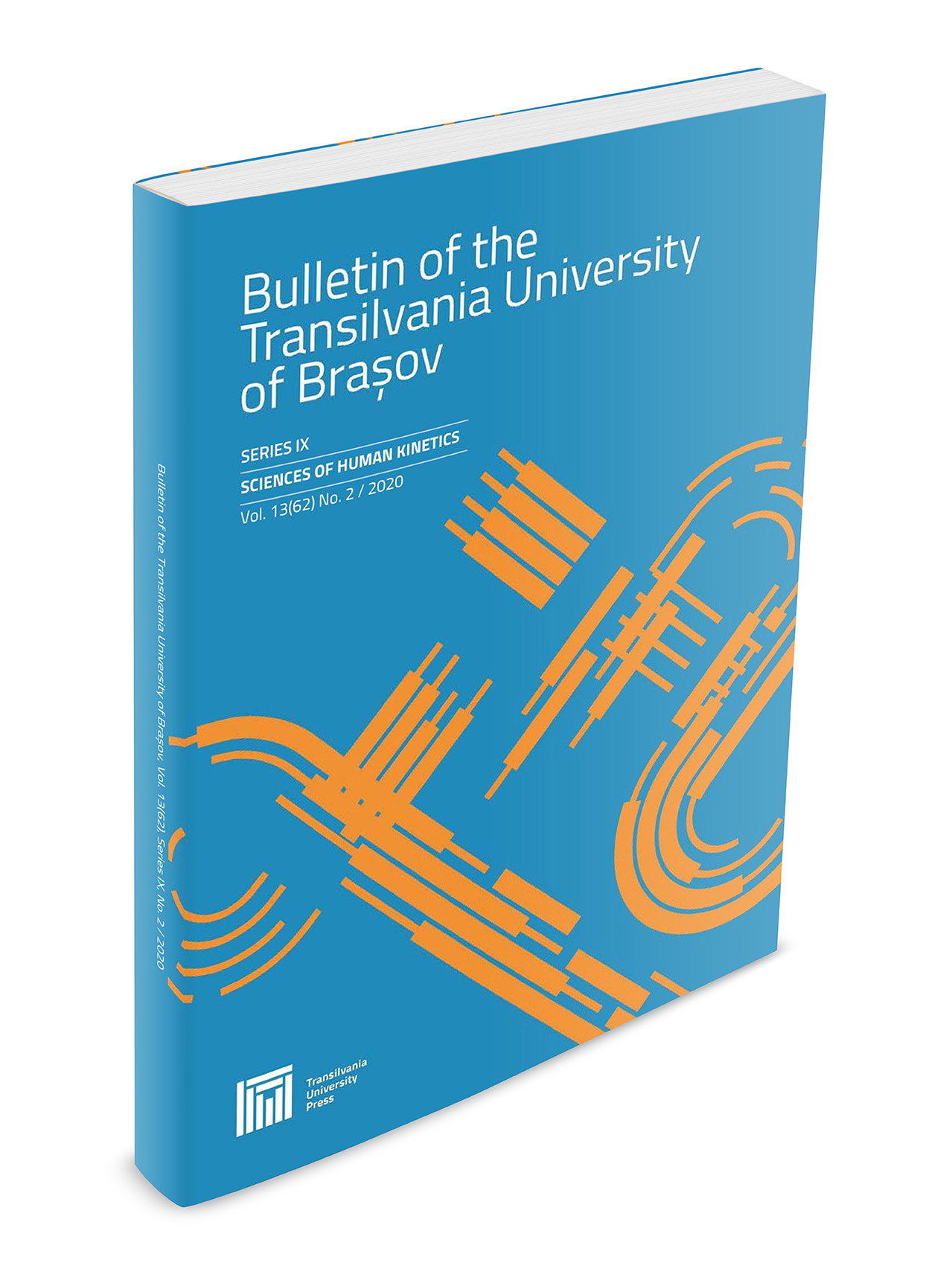The Impact of Kinesiotherapy in the Recovery of Adolescents with Scoliosis Deficiency
DOI:
https://doi.org/10.31926/but.shk.2020.13.62.2.31Keywords:
kinesiotherapy, scoliosis, physical healthAbstract
The article focuses on two groups of children with scoliosis deficiency, the first group, the experimental group, with whom we worked with kinesiotherapy programs, and the second group, the control group, that work only with physiotherapy programs. The method used for assessing the scoliosis deficiency was the medical examination of specialists and the VAS questionnaire regarding pain level. The results showed a statistically significant difference between the initial and final evaluation of scoliosis deficiency in the experimental group. The conclusions of the research proved that using specific kinesiotherapy programs can reduce pain levels and correct scoliosis deficiency.Downloads
Published
Issue
Section
License
Copyright (c) 2020 BULLETIN OF THE TRANSILVANIA UNIVERSITY OF BRASOV. SERIES IX: SCIENCES OF HUMAN KINETICS

This work is licensed under a Creative Commons Attribution 4.0 International License.





